Newspaper articles for April 2020 from OS "Sveti Petar", Orehovec
Advertisers.docx
Toni.docx
Advertisers who use covert advertising in influencer's content are using children's innocence
In Croatia covert advertising in new media is still not controlled as much as on TV
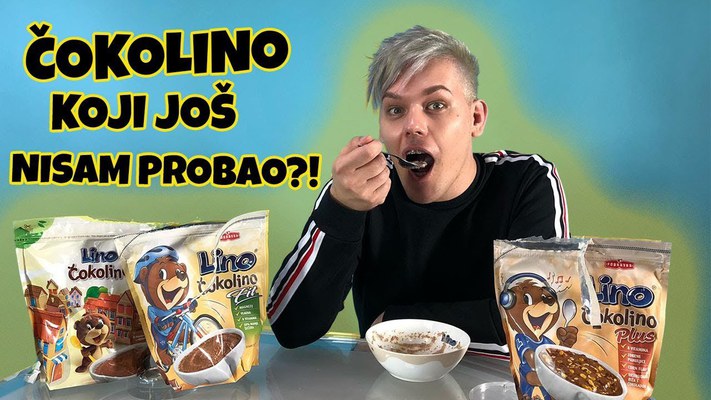
We have talked about ethics in journalism at our recent journalist group meeting. There was a discussion about covert advertising and we have mentioned a few examples from the newspaper and TV. We have also talked about how that kind of advertising is punishable all over the world and in Croatia also. We have found out that in Croatia you can be fined up to 1 million kunas (131.000 €).
We came to the conclusion that advertisers are aware of the fact that young people are following TV and newspapers less and that there are much more covert ads in the content published by the growing population of influencers. Also, the advertisers are using the loophole that new media advertising is not yet as controlled as TV advertising. That is why we have decided to investigate hidden ads in new media a bit more. From numerous examples that we have found we will first analyze one very obvious from Denis Domian’s vlogg.
In his vlog OTVARAM BOŽIĆNI MISTERI BOX! - Christmas Mystery box unboxing! Domian is clearly advertising 3 things. First is Joombos platform that gathers vloggers like himself, second is the book from his colleague vlogger The Sikrt, but he is mostly advertising Čokolino (food for kids). You can notice it by analyzing how he shows the things from the Mystery box. While candles, Christmas ornaments and other surprises are filmed from the angle where you can’t see their brand, the main advertised product Čokolino was filmed for some time so that all viewers can see and remember it and more than 100.000 people have seen the video. Just in case, if there was someone who hasn’t noticed Čokolino, Domian promises Čokolino giveaway. After we have carefully watched that vlog, we haven’t seen any purpose except from advertising of those three things. Unlike tv ads that last few seconds and in most situations it is clearly marked as an ad, this one lasts more than 8 minutes.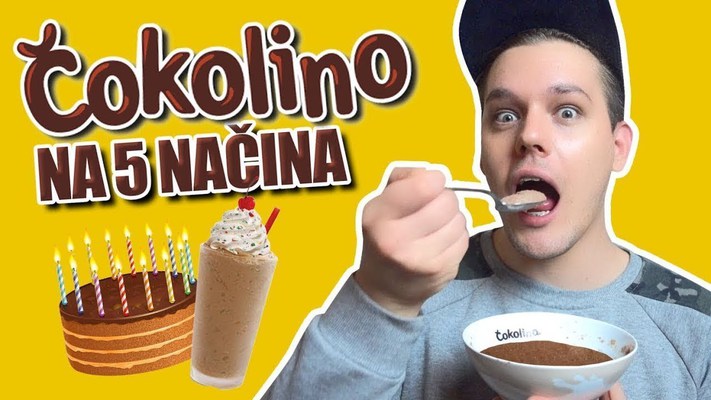
One more typical example of covert advertising are Filipa i Zage - Filip and Zages’s vlogs. They are vloggers from Bosnia and Hercegovina and many of our children follow them, mostly younger kids. To see what are they advertising it is enough to watch just a few seconds of their 16 minutes vlog.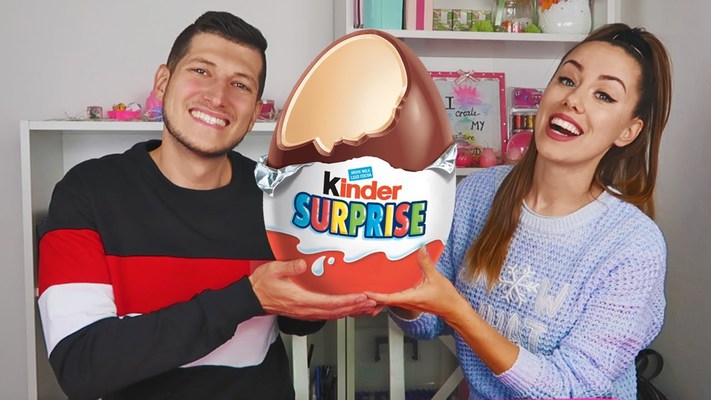
Why is covert advertising problematic? Before all, because those who do it misled us by not saying that they are advertising something. In addition, those who are communicating with us, young people, count or our naivety and life inexperience as it was written on Medijska pismenost.hr
Covert advertising affects our subconscious and our emotions. If certain clothes, shoes or other is worn or recommended by our favourite celebrities, we also wish to have those things. That is why some vloggers wear certain brands of clothes, sneakers, watches, etc. to influence their followers. A good example is the famous Youtuber Paul Logan, who has 20 million followers. In his vlogs, he mostly wears Maverick brand of clothes and only Nike sneakers and he always makes an effort to show which brand of shoes he has on. In some vloggs he goes to his garage and shows brands of cars he owns, he shares in which hotels he sleeps and shows his Rolex watch.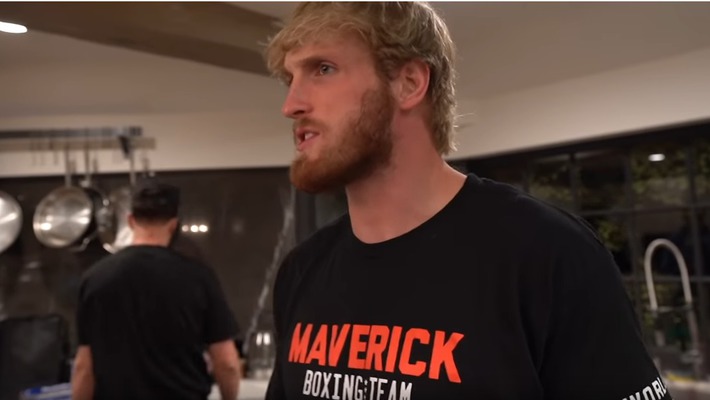
While in Croatia there is still no one controlling advertising in new media like on the tv, the rest of the world started to control on-line ads. Because of the covert advertising the most paid Youtuber, 8-year-old Rayan Kaji found himself in the problems. As stated by Index.hr Rayan and his parents were reported because they didn’t always clearly mark sponsored content in their posts. Truth in Advertising group that reported them claims that almost 90% of Rayan video clips contain at least one paid recommendation directed to children who are too young to see the difference between a paid ad and real review. The mentioned group determined that Rayan and his parents delude children to buy the products made by his sponsors.
Except for groups like Truth in Advertising in the USA and Great Britain, the legislators have started to lead the investigation on celebrities and influencers who don’t mark their content on social networks as ads. The portal Inspireme.hr shared the data that 44% of respondents believe influencer’s recommendations. They also asked the question – what if influencers praise the product or accommodation just because they got it for free, and not because they are really satisfied. For example, famous influencer Jeffery Star, who tests and reviews different cosmetics products, has publicly confessed that some brands offered him 165.000 dollars to test their products.
Until there are more strict guidelines regarding covert advertising in new media in Croatia, we are left on our own to conclude who is offering interesting and useful content and who is just advertising something. Of course, we as individuals can punish those who are misleading us by not watching their content anymore. /Lorena Benčak, 7.b; photos taken from the Internet/
The original article is published in the school digital magazine Klinček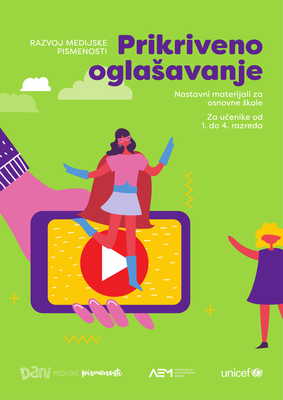
Toni – our Erasmus+ friend from Spain sent us a support video when he heard about the earthquake
Empathic gesture
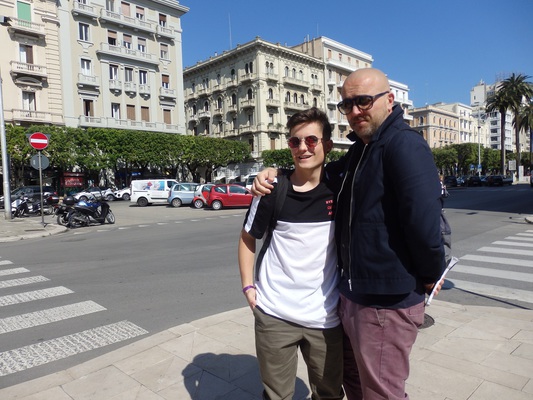
Toni short for Juan Antonio Villegas Nieto is a boy from Spain who was with us as part of the Spanish team on the Erasmus+ exchange in Italy. He is always in a good mood, ready to make a joke and help others. Karlo Aleksić and I shared a room with him. Some of my most precious moments from Italian exchange are connected to him. 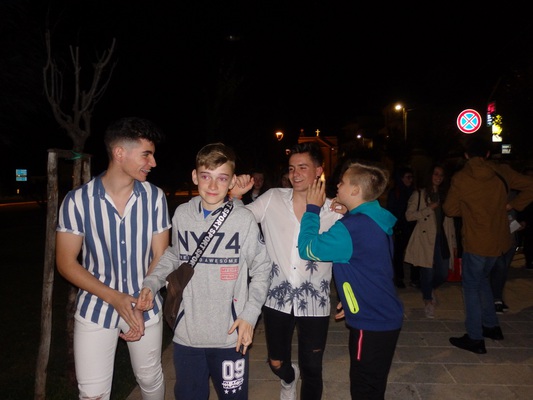
I wrote this text about him because he thought of us at the right moment. On Sunday when he heard the news about the earthquake in Zagreb, he made a short video where he said he hopes we are all well. He also wished all of us good health because of the Coronavirus that is actual here in Croatia, in Spain and all over the world. We can only say, big thank you Toni! Your nice gesture is the real example of empathy and it came in the right moment when it was needed, when we felt scared and confused, fearing if there will be more earthquakes.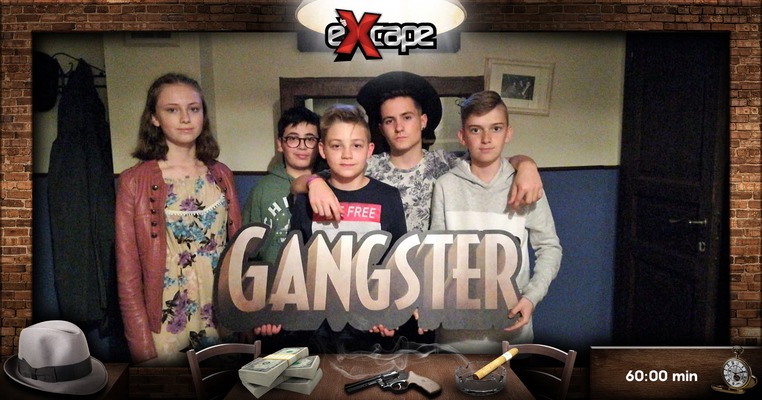
For those who haven’t read the previous article in Klinček about empathy, we have explained that it means compassion and understanding of other people’s emotions and also the adequate way of reacting to observed emotions. Beneath this article, you can find Tony’s video and a few pictures of him during our Erasmus+ exchange. /Luka Šok, 7.a: photo: Martina Sokač i S.L./
The original article is published in the school digital magazine Klinček
https://www.youtube.com/watch?v=wTLOUpZBGb0&feature=emb_title
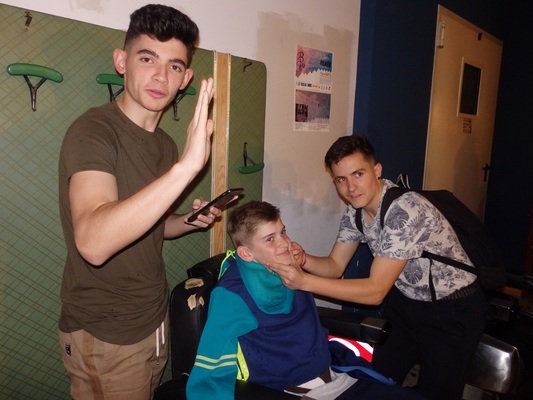
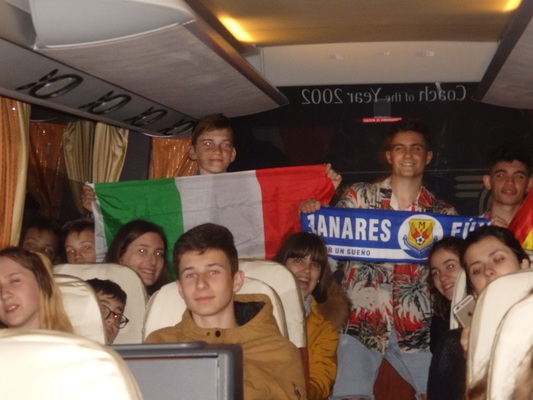
1